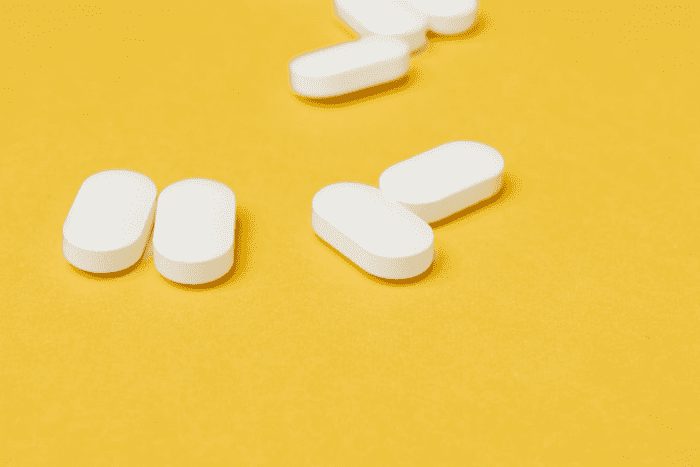Vicodin

In 2013, Vicodin made a big splash in Food and Drug Administrations offices all over the country. With millions of Americans hooked on opioid-based prescription drugs, citizens and lawmakers alike thought it was high time to do something about the legal opioid substance abuse epidemic in the United States.
In October of 2013, the FDA began deliberating the restriction and reclassification of prescription drugs that contain hydrocodone from a Class III to a Class II drug.
Vicodin contains both acetaminophen and hydrocodone. So, prior to 2013, Vicodin was a class III drug. Now, in 2021, it’s a class II.
What Does the Reclassification Mean?
Drugs are classified by the United States Drug Enforcement Administration, commonly known as the DEA. The DEA created five classes or schedules of drugs (I-V) to reflect their abuse potential. A class I drug has very high potential for abuse, while a class V drug has significantly low potential for abuse.
Drugs like heroin and marijana belong to class I. Other substances, like Vicodin, cocaine, and oxycodone, belong to class II. Class III is made up of drugs like anabolic steroids and tylenol with codeine. Classes IV and V include sleeping pills and cough medicines, respectively.
With this little bit of background knowledge, we can see that the DEA currently views Vicodin as being almost as dangerous in its addiction-forming potential as heroin. That’s nothing to ignore.
What Exactly Are We Taking When We Take Vicodin, and What Does It Do?
Doctors prescribe Vicodin to patients who have moderate to severe pain. Usually, the pain is acute and follows an injury or surgery of some kind. The drug intercepts pain signals from the brain to the central nervous system. The effect is a total reduction of the bodily pain felt by the patient.
Unfortunately, there are some pretty attractive and simultaneously dangerous side-effects of Vicodin. While it decreases pain, it can also cause feelings of euphoria or lightweightedness. Because these feelings can become addictive, Vicodin was placed in class II.
What Does an Addiction to Vicodin Look Like?
It looks different from person to person, but Vicodin addiction involves either a physical or mental dependence that may spark personality changes, mood swings, odd social behaviors, or general states of being ‘out-of-it.’
When the body becomes dependent on Vicodin, there’s a real chance of experiencing withdrawal symptoms upon stopping it. These symptoms include:
- Anxiety, agitation, and muscle aches
- Sweating, chills, and insomnia
- Cramps and/or diarrhea
- Nausea and/or vomiting
- Muscle pain and/or bone pain
Because the withdrawal effects include pain, people who use Vicodin have a high potential for relapse, turning to the drug again as a way to escape the painful withdrawal symptoms.
Can Vicodin Be Used Safely?
Yes, if Vicodin is used according to the doctor’s instructions and for a limited time, chances are low that the patient will develop an addiction. And Vicodin is truly an effective drug for treating pain. However, like all good things, it can be too attractive for some patients to put down. Not everyone who uses Vicodin is lured into addiction, but the danger exists.
We Are Here to Help
That’s where we at Great Oaks Recovery Center come in. We’re trained to help you through any addiction to prescription pain pills at any stage. Whether you need to join us in our detoxification program where you’ll be medically supervised and emotionally supported through withdrawal, or enter our residential treatment program to secure your sobriety, we’re here for you. Don’t hesitate; reach out today!


